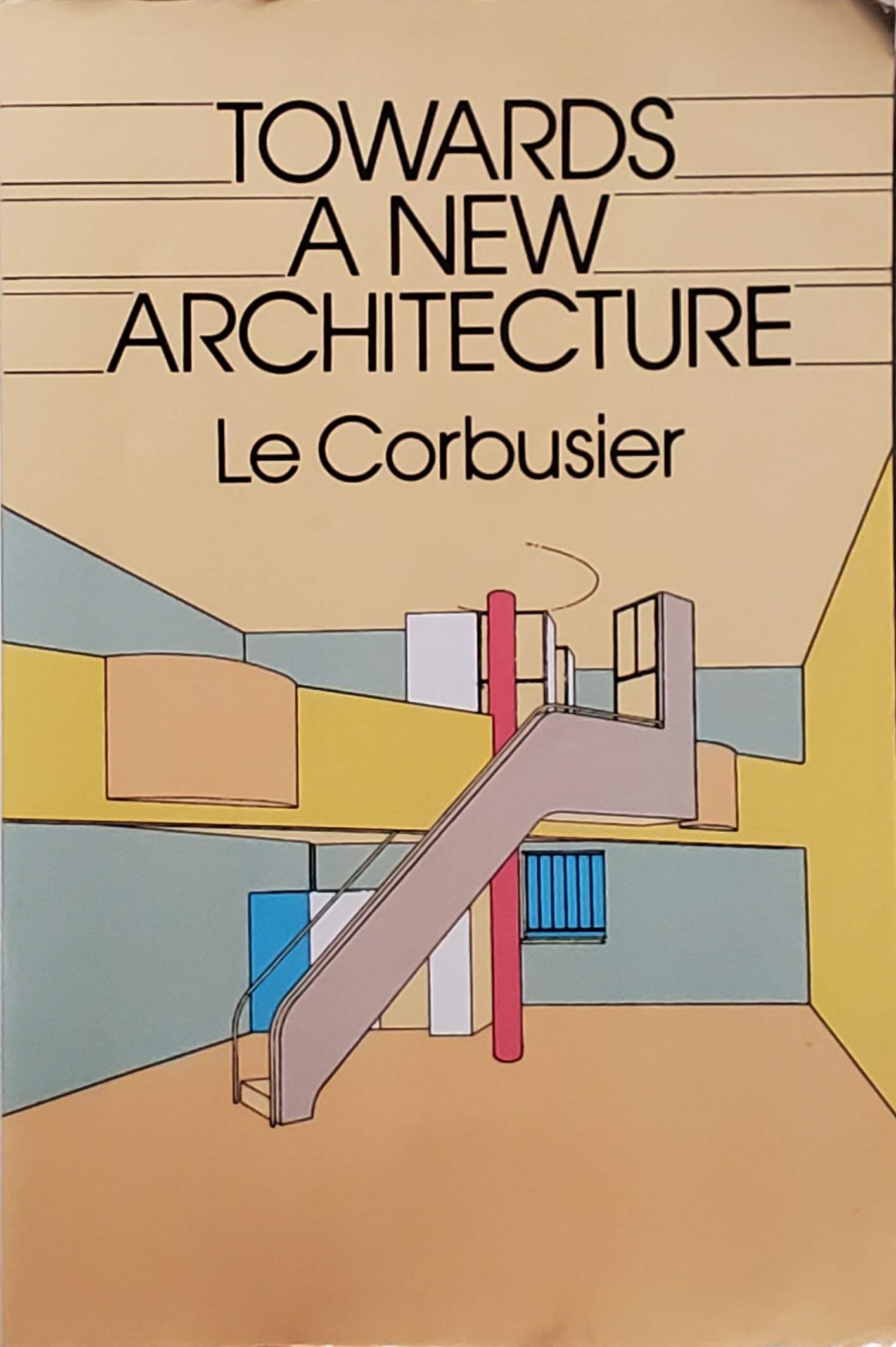
Towards a New Architecture
Le Corbusier gets too much credit for his good ideas and too little criticism for his bad ones so the only backhanded praise I'll give this book is that is important to read if you want to know more about our current state of affairs.
The more I reflect on his legacy and his actual personhood the more baffled I become with how I was introduced to him by my professors at The Ohio State University. He was a Nazi, he believed that elites should rule the world, and he believed humans were at their best when they (delude themselves into believing that they are able to...) operate with cold rationality. And a few moments critical thought make these beliefs and ideologies immediately recognizable in his designs.
Here is Jane Jacobs' thoughts on Le Corbusier's "Radiant City", found on p342 of my copy of The Death and Life of Great American Cities:
Le Corbusier, when he designed his Radiant City of the 1920's as a park, skyscraper and automobile freeway version of Hoard's small-town Garden City, flattered himself that he was designing for a new age and, along with it, for a new system of traffic. He was not. So far as the new age was concerned, he was merely adapting in a shallow fashion reforms that had been a response to nostalgic yearnings for a bygone simpler life, and a response also to the nineteenth-century city of the horse (and the epidemic). So far as the new system of traffic was concerned, he was equally shallow. He embroidered (I think that is a fair word for his approach) freeways and traffic onto his Radiant City scheme in quantities that apparently satisfied his sense of design, but that bore no relationship whatsoever to the hugely greater quantities of automobiles, amounts of roadway and extent of parking and servicing which would actually be necessary for his repetitive vertical concentrations of people, separated by vacuities. His vision of skyscrapers in the park degenerates in real life into skyscrapers in parking lots. And there can never be enough parking.
Citation
Le Corbusier. Towards a New Architecture. Dover. 1986. Printed Book.